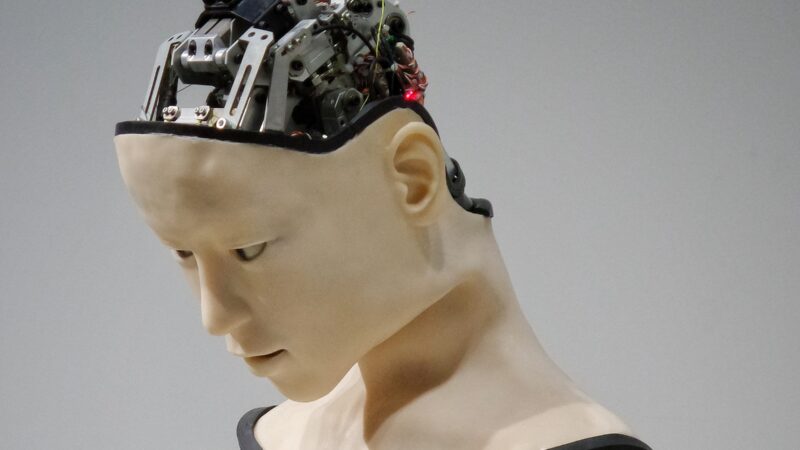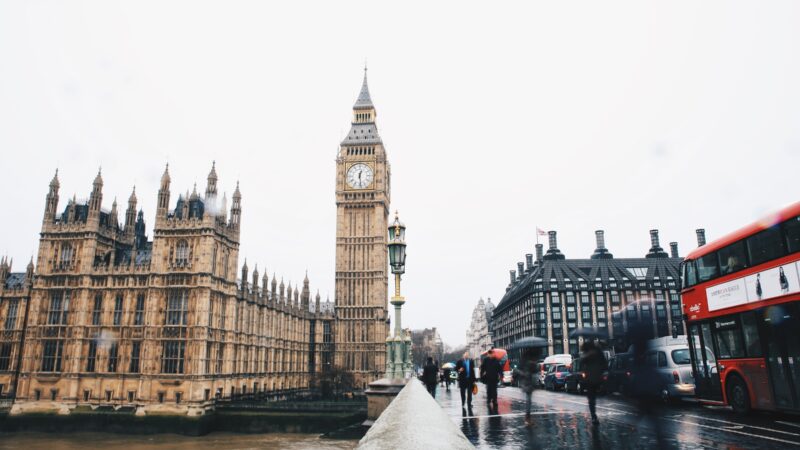Last August, a group of leading dissident right thinkers have gathered at a conference titled ‘Where do we go from Here? The paths to Liberty and Heritage’. Each speaker discussed in detail their own idea and concept of how to get the future they want – be it a libertarian pipe dream, an idyllic Hobbiton-like quasi-communist Trumpton, or a reactionary haven. Despite the speakers coming from a vast variety of backgrounds, they were all united by a few common goals – the desire for change, an appreciation for tradition, love for aesthetics and liberty.
Despite not being able to attend the event in person, I had the privilege of reading and reviewing the book that contained all the speeches from the event. I humbly, and not so modestly believe that the choice of the reviewer (me) was perfect – as I can cast an outsider’s eye into the book and review it from the outside as someone who hasn’t even stepped foot in the Warwick University, where the event took place.
The concept of the PATH FORWARD was a brilliant idea to, for once, put the dissident right towards a shared goal – instead of continuous Twitter-based infighting they could all contribute and map out their vision for the future. Bring out the wholesome, squash the grim and bleak.
There was a fair share of similarities – the themes of community, aesthetics, and traditionalism shone forth, which was only a good thing – it showed that despite any apparent differences, there is a common goal.
There were a few notable speakers that many of us have heard names of more than once – our very own Mallardite – Samuel Martin, the famed Academic Agent, and even Carl Benjamin – the creator of the popular Lotus Eaters Podcast.
Many speakers have mapped out the problems with the current world, to then proceed to explaining how to move on forward.
Naturally, one of the most hard-hitting speeches was the one written by Academic Agent, who decided to cover one of the subjects he seems to often hyper-fixate on – ‘Culture is Downstream from law’. Using many studies, research and quoting Caldwell, AA has elaborated on the subject which, I believe, links to the main theme of the event by expressing the need to be in power in order to legislate in order to enforce your own positive vision of reality in the form of Trumpton – an idea which was generally critiqued in the later speech done by Carl Benjamin.
It felt like AA’s essay hasn’t delved too much into the concept of the ‘where do we go from here’ as he already touched on this point many a time in his own YouTube channel – building a network of 10s, the new elite who are best in everything they do, the elite of the new Ubermensch, so to speak.
Following AA, we had speeches/essays by Alexander Adams and Edward Slingsby, both focusing more on the concept of aesthetics. Slingsby was concerned with the matter of architecture and how far it has been bureaucratised. He outlined a few clever ways of how to retake the architecture and return it to traditionalists. He suggests that the architects should try to build their networks with the likeminded individuals and find other creatives who would do the same. This was generally a very strong theme that permeated the entire book – the need for a strong community of likeminded men who can ensure the success and preservation of the values and ideas.
Adams, however, structuring his essay in a highly academic manner, debated the concept of choosing your opponents wisely and ensuring that you don’t alienate people who could help you which was a nice touch. Adams focused on the current tendency to censorship and how to avoid it. Adams is likely one of the best people to talk on this subject considering he published a book last year that discusses a similar subject titled Iconoclasm, Identity Politics and the Erasure of History. He also suggested that we need to steer clear from accelerationism advising that ‘you can’t take the Canterbury Cathedral and move it to Idaho’, as you lose the people and the atmosphere in the process. I disagree with this statement – one could make a very similar argument for returning the artifacts to their original place. You can and you SHOULD dismantle and take the Canterbury Cathedral with you. At least you saved it from the imminent ruin. It’s a tribute to the great of the past. But let’s not go on a tangent here because other than this, Adams certainly has a point – He continues by advising of the need of the preservation of the texts in the form of physical copies as well as the return to traditional means of communication – letters and email (how far we’ve fallen since email feels like a ‘traditional’ concept).
One of my favourite essays in the entire book was the one done by Samuel Martin (and I am not saying this because he is literally publishing this piece and he agreed to postpone my deadline on multiple occasions). Sam added a Zoomer-like breath of fresh air to the conference and a passion I have not sensed from other speakers. He decided to talk about the Utopia project. Utopia Project did specifically that – attempted to sketch out a positive idea for the future. Martin goes on to explain:
‘I have never understood why the right focuses so much on strategy. It’s not an irrelevancy, it’s very important. But surely you can only construct an effective strategy if you have a cohesive idea about what you want to achieve. You don’t build strategy first in the hope that you will get somewhere.’
And this captured the pure essence of the book – the creation of the cohesive idea of where we are going.
Ferro decided to dissect and deconstruct Klaus Schwab’s book titled ‘Fourth Industrial Revolution’ and explain why it’s of the utmost importance that we ought to reject the kind of globalist technology he is proposing and ensure we return to tradition.
What I really liked was Not So Obvious’s article, very grounded, very focused on authenticity. He brought up something a lot of us don’t even realise sometimes, I think – how far we are removed from authenticity. The fact that money isn’t physical, the digitalisation of society, friendship, and romance. He offers a cure – by ensuring that we do more authentic friendship-building and doing more things in the real world.
One of the most wholesome elements of the book was the call for getting involved on the local scale in whatever way you can do it. Buy art from your fellow dissidents, read their magazines (worth noting, the Mallard was mentioned), start businesses, make meaningful friendships, find yourself a Twitter autist waifu. Some (Po the Person) even suggested that we should get involved in our local Conservative community and go drink wine with dusty old men who care about housing in your local area. Others advised learning a skill.
What I feel was very important that came across from it was that the path to liberty and heritage really starts from us. If you dislike the modern world, you must take steps to change something. First, you may need to change your outlook (Po the Person, Jogging to get somewhere), look to God for hope (Lambda, What Reactionaries can learn from the Bible), or if you’re a female, quit birth control (Aydin Paladin).
Once you’ve worked on yourself, you can try to tackle issues on the small, local scale, such as rejecting globalist technology and starting your own thing (Ferro, The Technology Problem), institution-building and networking (Samuel Martin), or doing things out in the real world (Not So Obvious).
The essays were all very well done with the speakers clearly highly knowledgeable within their chosen areas of discussion. The calls to change show that there are so many of us so strongly disaffected with the current reality. And this book and these essays map out of how we can disentangle this messy path of intertwined ideas and concepts and find a common goal we can all go towards – maybe not a utopian one but something clearer and more down to earth – a preservation of beliefs and values and passing them on to more people so we could make a meaningful change one at a time. If you’re interested, there is another event coming up relatively soon – if you’re interested – check out the website.




